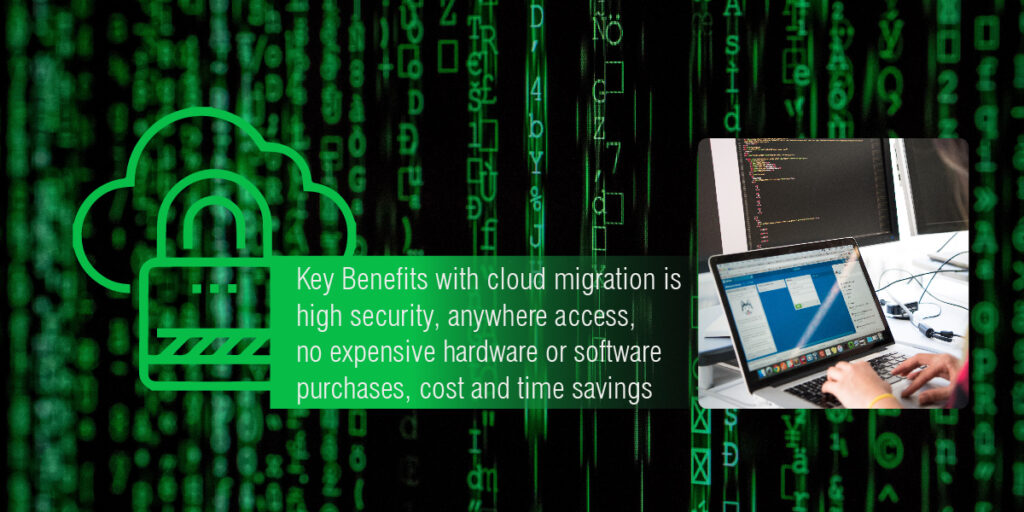Cloud migration is a hot topic these days, and for a good reason. The ability to seamlessly access data from anywhere means that your workforce can be more productive than ever before.
But what are the benefits of cloud migration? What are the downsides? And how much does it cost? In this post, we’ll take a look at all sides of the issue so you can make an informed decision about whether or not a move to cloud-based storage would be beneficial for your business!
When is it Time to Migrate?
Knowing when to make the jump to the cloud can be tricky. However, you can help make the decision easier by asking yourself these questions:
- Is your business growing?
- Do you have more employees that need access to the same data/documents?
- Are there multiple locations where people are accessing documents or would like them for reference?
- Would it be easier to manage all of this if everything was in one place, accessible from anywhere at any time through a secure cloud-based portal?
If you answered “yes” to any of these questions, it might be time for your company to consider migrating your data to the cloud!
What are the Benefits?
Many benefits come with cloud migration. One is increased security; because everything is stored on servers that are not part of your company’s local network, the risk of cyberattacks is significantly reduced.
Accessing data from anywhere means that employees can stay productive even when they’re on vacation or working remotely. It also enables collaboration in ways previously unheard-of – for example, two people who are located across the world from one another could be editing a document in real-time.
Don’t forget the cost savings! Cloud-based storage means you no longer have to pay for expensive hardware or software purchases, nor do you need employees with specialized skill sets to maintain and update them. All of this can add up to significant savings over time – which is excellent news if your business is looking to expand.
What are the Downsides?
Of course, nothing is perfect, and there are a few downsides that come with cloud migration as well. For example, one of the most common concerns about migrating data into the cloud is security, but rest assured, several industry-standard protocols are in place to keep your information safe from prying eyes.
Another issue is the potential for a loss in productivity. However, you can avoid this by planning ahead and educating employees about best practices so files don’t get mixed up or sent to the wrong place.
How Much Does it Cost?
Of course, one of the most critical factors you’ll want to consider is the cost. Fortunately, cloud-based storage doesn’t have to be prohibitively expensive, but it does depend on several factors, such as how much you’re storing and what kind of access your employees need.
Small businesses will generally benefit from a pay-as-you-go model with pricing based on GB per month or TB per year. However, larger companies may want to consider a full-on enterprise solution that provides unlimited storage, advanced security measures like multi-factor authentication, and easy migration tools that help get you up and running quickly!
Avail Recovery Can Help
The benefits of cloud migration are vast, but there are a few downsides to be aware of. If you’re thinking about migrating your data and documents into the cloud, it’s essential to educate employees on which files should go where so they don’t get mixed up or sent to the wrong place! Avail Recovery can help when you finally decide the time has come to decommission your old data center and move your business to the cloud.
Avail offers services like Certified Data Destruction and Data Center Decommission to make your transition go as smoothly as possible. Our Asset Recovery and Buyback program can also help get you money back for your old data center equipment. Contact us today to learn more and for a free no-obligation quote!

